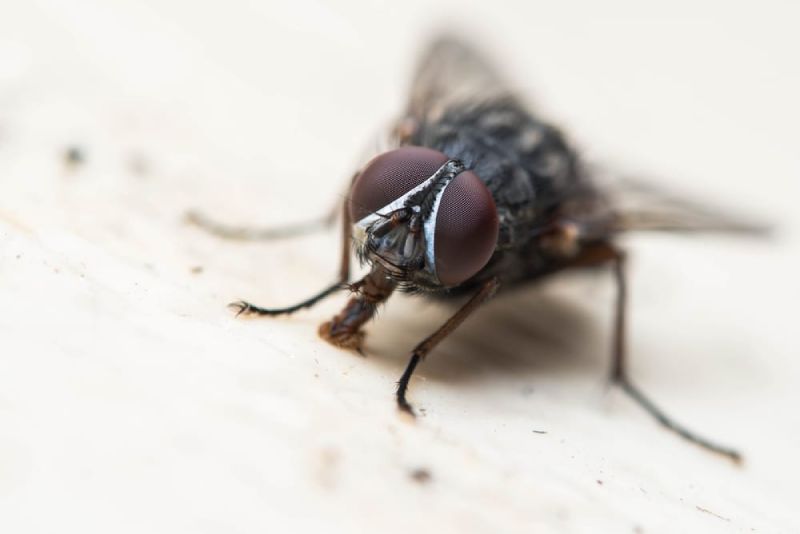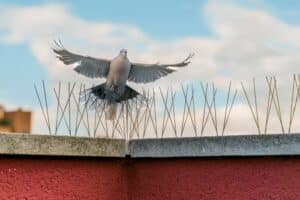While many of our pest control and exterminator services at A-1 Exterminators are focused on a specific infestation of a single pest, such as termites, bed bugs or others, we’re also proud to offer general insect control services to protect homes and buildings. Our pest control pros utilize only the latest in insect control equipment, covering your entire structure, from the foundation to the yard and everywhere else.
One insect that’s quite varied and may come with very different levels of hassle is the fly, which actually exists in over 120,000 different species worldwide. Nearly 20,000 of these species are found in North America – many have short lifespans, but reproduce extremely quickly and can cause infestation issues while spreading diseases and other contaminants. In this two-part blog, we’ll go over a few of the most common fly types you might notice around your property, plus their general habits and any particular tips for dealing with them.
House Fly
The single most common fly found in and around residential structures is the house fly, which is aptly-named for this reason. House flies are between an eighth-inch and quarter-inch long, with gray and slightly hairy bodies plus a pair of wings and compound red eyes.
House flies lay eggs, which look like small grains of rice and will eventually hatch into larvae. These larvae, also called maggots, are cream-colored until they reach adult stages. House flies do not bite or sting, but they pose risks in terms of the contaminants they carry – over 100 such possible pathogens, in fact. They can contaminate everything from food surfaces to storage areas if not properly controlled, including with frequent defecation.
Fruit Fly
Fruit flies reproduce even faster than house flies, and their lifespans are longer – up to a month in many cases. They’re brown or tan in color, usually with red or darker eyes, and as the name suggests are attracted to any rotting fruits or vegetables and many other rotting food types as well.
Like house flies, fruit flies do not bite or sting but are risky due to contamination. They can bring bacteria and pathogens to food preparation areas and food sources alike.
Horse Fly
The horse fly, named for its tendency to bother horses and similar mammals, are much larger than fruit or house flies and can fly much further – up to 30 miles in some cases. They usually have lighter wings, though some species may have darker ones, and they generally come with short antennae.
While horse flies are not disease vectors like fruit or house flies, they carry painful bite risks and may be relatively aggressive with darker or moving objects (females in particular – they have even been known to chase their prey). These bites may cause allergic reactions in some people, as well.
Bluebottle Fly
Also called a Blow fly, the bluebottle fly is one you’ll most often notice near garbage cans or other sources of waste. They prefer to feed on pet feces and dead animals, meaning they’re also commonly associated with several diseases and pathogens. They’re around the same size as a house fly, but are generally metallic blue in color.
For more on common fly types to keep an eye out for, or to learn about our fly prevention or pest control solutions, speak to the staff at A-1 Exterminators today.



